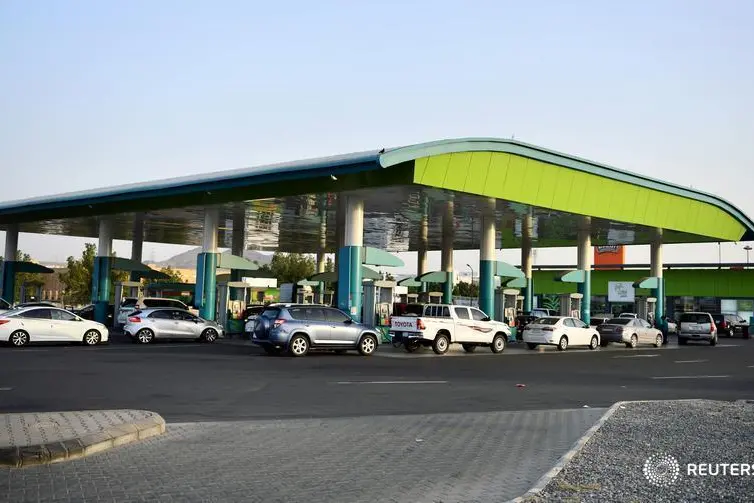PHOTO
(John Kemp is a Reuters market analyst. The views expressed are his own)
LONDON- Refining margins for diesel and gasoil delivered next year are wilting as concerns about a recession-driven drop in consumption replace earlier fears about a shortage in fuel availability caused by new maritime regulations.
Until recently, distillate consumption was expected to rise substantially from the start of next year as a result of new marine pollution rules introduced by the International Maritime Organization (IMO).
New regulations will require shipowners to install exhaust gas cleaning systems ("scrubbers") or switch to using ultra-low sulphur fuels from Jan. 1, 2020.
Most shipowners are expected to switch to lower-sulphur gasoil derivatives from higher-sulphur residual fuel oil because it is the simplest and least-costly route to compliance.
The forecast increase in consumption of middle distillates has led to widespread predictions of shortages and price increases ("Economic Report of the President", U.S. Council of Economic Advisers, March 2019).
Some traders and portfolio managers have launched specialist investment vehicles to help shippers hedge the anticipated increase in their fuel bills and speculators to profit from the expected disruption.
But distillate prices have softened rather than strengthened relative to crude over the last year as the global slowdown in manufacturing and freight has cut the expected growth in fuel consumption.
CYCLICAL SLOWDOWN
Mid-distillates such as road diesel and marine gasoil are the fuel of choice for manufacturers and freight companies, so their refining margin is closely correlated with the economic cycle.
Distillate margins have been falling progressively since the middle of last year as the global business cycle has entered a slower phase and fears of an outright recession have grown.
Margins for European gasoil delivered over the course of next year have softened to an average of less than $17 per barrel in recent days compared with around $20 in June 2018.
Slower manufacturing and trade growth is expected to create more room for the distillate market to absorb the impact of IMO fuel rules without a spike in prices.
Portfolio managers have become more bearish on the outlook for distillate prices than for either crude or gasoline, likely reflecting concerns about the impact of a slowing economy on distillate consumption.
Hedge funds and other money managers now hold just 2 bullish long positions in gasoil compared with 4 in crude and 20 in gasoline, for every bearish short position they hold in those commodities.
Fund managers' ratio of long to short positions in the main middle distillate futures and options contracts has fallen from 13:1 in June 2018, as the economic outlook has darkened.
For as long as investors remain concerned about a global slowdown, distillate margins are likely to remain under pressure, notwithstanding the new IMO rules.
But slowdowns do not last forever. In recent decades, slowdowns and recessions have normally lasted on average about a year.
Depending on the precise evolution of the current slowdown, it is likely to be over the end of 2020 or at some point in 2021.
The anticipated slowdown has had a bigger impact on margins at the start of 2020 and is less evident in the second half of the year and into 2021.
If traders are correct about the timing, the global slowdown will ease the introduction of new rules in January 2020, but the distillate market will tighten significantly towards the end of the year and into 2021 as the business cycle turns up again.
(Editing by David Evans) ((john.kemp@thomsonreuters.com and on twitter @JKempEnergy))












